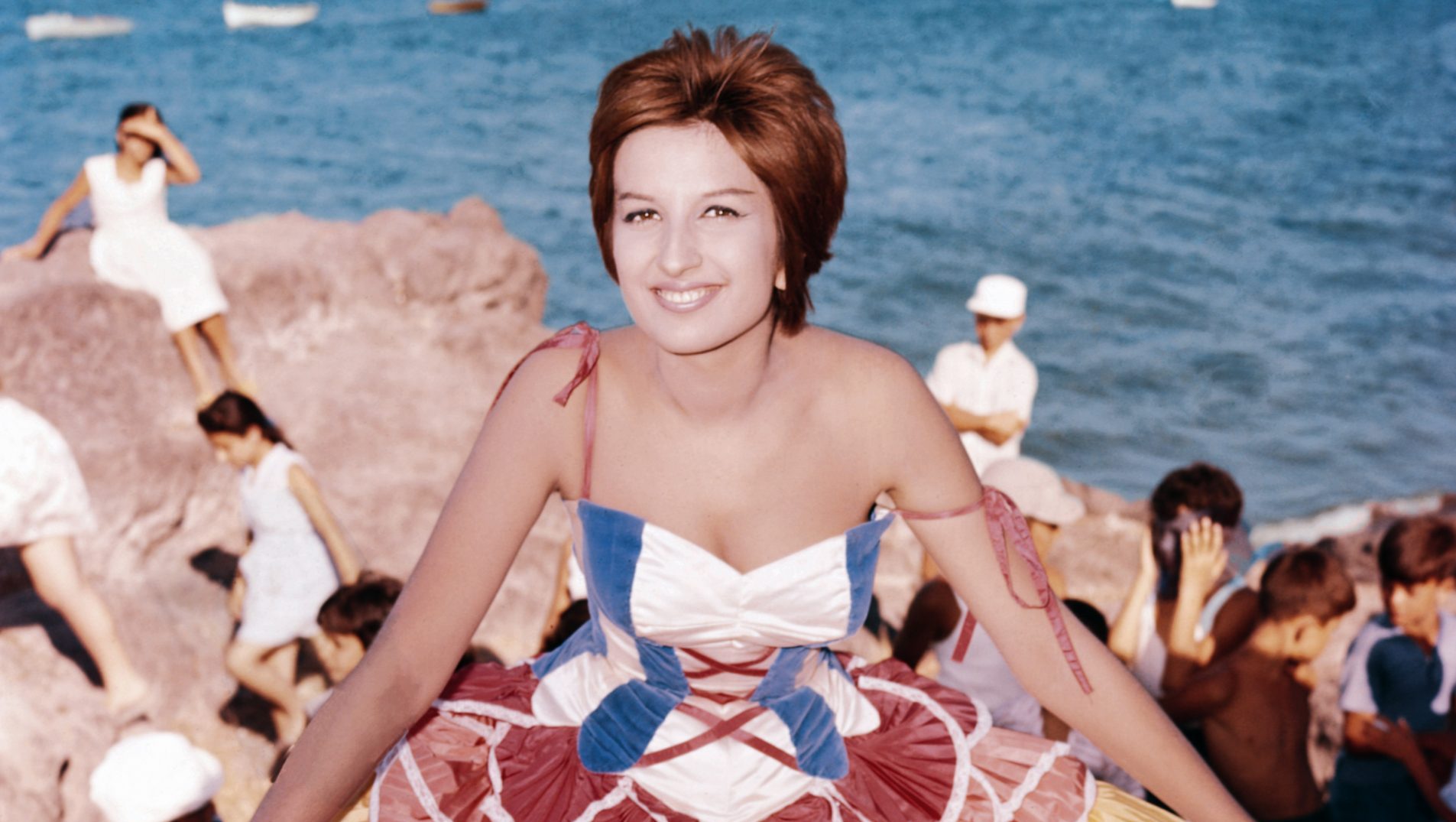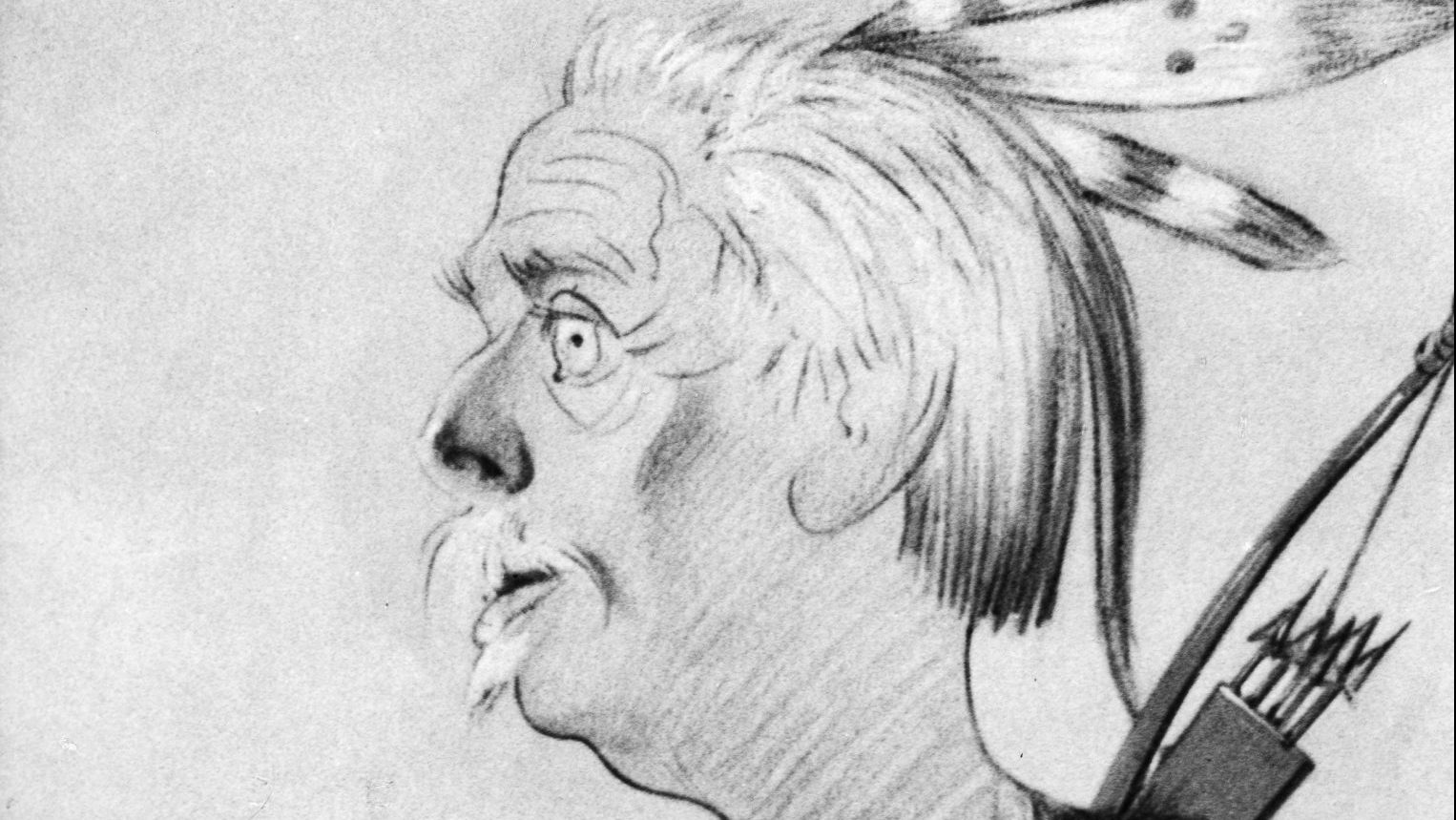As spring turned to summer 60 years ago, one song dominated the Italian charts. È l’uomo per me was a dramatic, voluptuous pop hit, dominated by the strident vocals and irresistible confidence of its singer, Mina Mazzini.
The song was No 1 for the whole of May and June 1964. But it was more than just a hit for Mina, who would go on to become the bestselling female Italian artist of all time, as the single’s success marked her triumphant return after major scandal.
Mina was already a superstar, known to millions as the presenter of huge Saturday night variety show Studio Uno on state broadcaster Radiotelevisione italiana (RAI), when she made an announcement that shook Italian society to its core in January 1963. She was pregnant. She was 22 and unmarried, and the baby’s father was a married actor, Corrado Pani.
RAI, closely aligned with the Christian Democrat government, promoted Catholic family values through strict production guidelines that banned the very mention of divorce, extramarital affairs or, indeed, sex of any variety. It was unthinkable that Mina could continue to be beamed into Italian homes, and she was banned from the airwaves. Mina was “cancelled”.
The Italian public, however, kept faith with Mina. They made È l’uomo per me – a song that seemed daringly defiant, as she sang “He’s the man for me/ Made especially for me” – the biggest-selling single of 1964.
Under huge public pressure, RAI brought Mina back as the presenter of Studio Uno the following year – she was the star who burned so brightly she could not be extinguished.
Despite retiring completely from public performance in 1978, when she was not yet 40, Mina has never stopped making music and is currently trailing a new album as she looks towards her 85th birthday in March. The ultimate diva and a living myth, she enjoys the undying love of the Italians to this day.
“Mina started off in urlo – rock’n’roll – which was kind of dangerous,” says Dr Rachel Haworth, author of The Many Meanings of Mina (2022), an enthusiastic fan (a signed photo of the star is her most prized possession) and my guide to the dizzying world of Mina. Indeed, Mina’s first No 1, Tintarella di luna, which came in early 1960, found her singing in the raucous urlo (literally “howl” or “scream”) style, a far cry from the sophistication of È l’uomo per me.
Appearances in youth-orientated musicarello films, as well as on TV, put her centre stage in Italian popular culture – in 1960’s Urlatori alla sbarra, also starring the iconic Adriano Celentano, she performed with a hip-swinging abandon that signalled rebellion. She was dubbed the “Queen of Screamers”, a teenage superstar.
But Mina grew up quickly. Tintarella di luna was still sitting at No 1 as she stood on stage at the Sanremo Festival having swapped the messy mop top and figure-hugging capri pants for a coiffured bouffant and a sombre evening dress. As she sang E’ vero, a lushly orchestrated song in the canzone all’italiana tradition that the festival was known for, it seemed that the rock’n’roller had become a torch singer.
Mina finished the year with the runaway success of the no less mature Il cielo in una stanza, a No 1 for over two months. She was, without doubt, the star of 1960.
Mina returned to Sanremo in 1961 as the favourite, but her dynamism proved disruptive. “She doesn’t win at the festival because she’s too modern,” Haworth says. “She’s winking at the camera, she’s not behaving like she’s supposed to.”
But RAI’s executives had seen something in her, and as host of Studio Uno from that October she was put before 14 million viewers. She made more films, became the face of Industria Italiana beer and had another No 1 with the lively Moliendo café.
“She’s the epitome of the modern young woman – modern, but respectable, so she is ‘safe’,” Haworth says. “She’s the star of the moment, she’s riding a wave. She is everything that is upstanding, demure and modest. And then, it turns out, not so much…”
A “bombshell piece of news”, was how women’s magazine Amica described Mina’s pregnancy. Her statement to the press proved both that she would not be bound by conservative values and that she was a natural PR genius.
“I hope that people who know what love is, and especially women who are in love, will understand me,” Mina told celebrity mag Gente, stating plainly: “I want this baby because it represents the most important raison d’être of my life. Because it is the child of the man I love and whom I could never give up.”
Mina put the affair firmly on her own tradition-smashing, undyingly romantic terms, declaring herself “faithful to the rules of the heart, over those of man”.
In a context where adultery was still a criminal offence, punishable by imprisonment, and where divorce and abortion would not be legalised until the next decade, Mina’s outspokenness was more shocking to many than the fact of the pregnancy itself. Amica was irked that “Mina, like the good shouty singer that she is, has not had the courtesy to extend a veil of modesty over her story”. L’Espresso feared the influence that she would have on the nation’s impressionable young women.
Despite such barbs, and the RAI ban, Mina managed to stay firmly in the public eye. Her beer commercials still appeared on RAI’s Carosello advertainment programme, and when her son, Massimiliano, was born in April 1963, she released carefully composed photographs of herself with the baby that ended up all over the newsstands.
Eight months later, she made a tentative guest appearance on RAI performing the brooding Città vuota. It quickly shot to No 2, and more guest appearances, a TV special and two
No 1s followed.
Finally, in February 1965, her return as host of Studio Uno confirmed her rehabilitation. She knew whom she owed it all to, telling her audience at the start: “What can I say to greet you? Just one thing: thank you.”
In May 1966 Mina released her greatest song, Se telefonando. Agonised and soaring in the mould of Spector and Bacharach, it was written by none other than Ennio Morricone. A move to Switzerland, the single Sono, come tu mi vuoi (I Am, As You Want Me to Be) – which seemed a comment on the press – and the launching of her own record label all signalled Mina taking control.
And even as she took on more high-profile jobs on RAI, as presenter of another series of Studio Uno and variety shows Sabato sera and Canzonissima, she upset the censors with songs about smoking (Ta-ra-ta-ta, 1966), prostitution (La canzone di Marinella, 1967), and an encounter with the devil (Sacumdì sacumdà, 1968).
As the 1970s dawned, Italy began the anni di piombo (“Years of Lead”), marked by terrorist bombings and assassinations, and Mina’s image became ever more escapist and vampish. Shaved eyebrows, heavily made-up eyes, and three distinctive beauty marks were already her signature look, but these were joined by glamorous blonde hair and ever more daring outfits.
But this image belied her private life. Mina had married in 1970, had a baby girl, and by 1972 she was telling the news weekly Epoca: “I’m just a provincial girl. Give me back a banal life.” Mina was set on retirement, news which a despairing Epoca called “sad and sickening”.
The dramatic end of Mina’s TV career came as she sang Non gioco più (The Game Is Over) on the final episode of RAI’s Milleluci show in May 1974. Even so, a month later, stalwart weekly Oggi called her “The only star of Italian pop. Her love life, her family tragedies, her problems with her weight, and her absurd hairstyles are of more interest than Sophia Loren, the referendum on divorce, and the oil crisis.”
L’importante è finire (1975), a song that flirted with the pornographic in a way not seen since Gainsbourg and Birkin, kept the intrigue going, and her final concert came in the summer of 1978. She has not made a public appearance since.
Mina has never gone away. She has released an LP almost every year since her “retirement” and her experimental album covers, a long-term collaboration with the photographer Mauro Balletti, have proved her no ordinary artist. On Salomè (1981) she appeared as a bearded John the Baptist, on Rane Supreme (1987) as a muscular male nude. On other albums she has taken on the guises of the Mona Lisa and Julius Caesar, a Disney cartoon, a Picasso and a Lichtenstein.
“She’s constantly renewing herself and constantly surprising you,” says Haworth, adding, “She’s the ever-present, absent star”. The proof of this came at Sanremo 2018 when Mina returned to the stage, not in person, but as a cone-headed alien hologram beamed down from space.
The Sanremo “performance” – tied into a slot for the festival sponsor, the TIM mobile company, for whom she voiced adverts – proved that Mina’s major achievement has been to remain consistently saleable. She advertised Barilla pasta in the 1960s, as a new consumer economy was still evolving, and then returned to their ads 40 years later.
Last year, six decades after the scandal that threatened her career, Mina’s single with the rapper Blanco, Un briciolo di allegria, hit No 1 and was certified 4 x platinum. Last month, Balenciaga announced a collaboration that put her face on a £700 T-shirt. She is, in her ninth decade, still extremely hot property.
“There were seismic shifts in Italian culture between 1945 and today,” says Haworth, summing up Mina’s significance. “Mina goes on that journey and reflects those changes back to Italians and embodies them in a way. I think that’s why she’s remained so popular, because she remains relevant and current.”
But Haworth says Mina is also a personification of Italy. “She is as contradictory as the country from which she comes,” she says. “She is so many things at once. Italy is this country of vast differences – politically, geographically and in terms of values – but they somehow come together to make Italy.”
Flawed societies need flawed stars. The Italians found that star in Mina.




